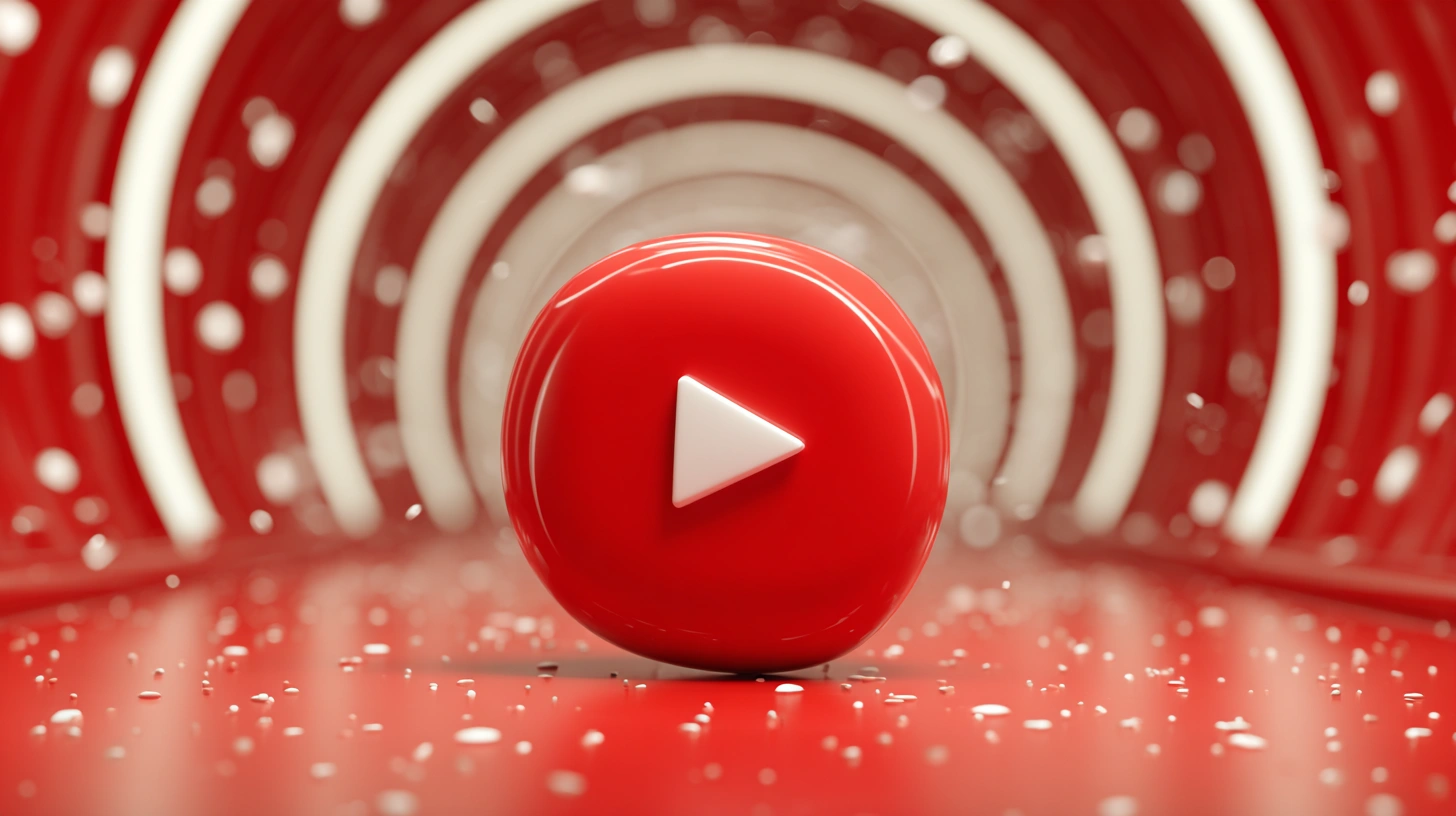YouTube: How Strong Is the Rabbit-Hole Effect in Reality?

Does YouTube steer users into ideological or emotional rabbit holes? A nuanced view.
How Strong Is the Rabbit-Hole Effect in Reality?
Does YouTube’s recommendation system create ideological or emotional "rabbit holes" (i.e. steering users over time toward more extreme or emotionally charged content), and if so, how strong is that effect, and in which contexts?
Introduction
YouTube is like a library where every book you pick leads to new shelves; sometimes, those shelves stretch so far you lose track of the light. People ask: Does the recommendation algorithm gradually lead you toward more extreme ideas - or just towards content you already partly agree with? It's a question that touches on trust, society, info exposure, and who shapes what we see. Let’s walk what we know, what’s been newly learned, and what remains uncertain.
What We Do Know
-
Echo chambers are real in mild form: Studies have found that YouTube’s recommendations often lean toward content aligned with a user’s prior beliefs. That is, you tend not to get a totally random video, but something ideologically or emotionally near what you’ve already consumed. (Brookings)
-
Extent of radicalization is debated: Some research suggests that YouTube does not push most users into extremist "rabbit holes" through no effort of their own. For example, a study at Penn (UPenn) found that while recommendations sometimes steer users towards more ideological content, it’s often more nuanced and limited. (css.seas.upenn.edu)
-
Extreme content exposure depends heavily on prior behavior: If you already follow or watch more radical or partisan content, you are much more likely to receive recommendations that push further in that direction. If not, the effect is smaller. (Cyber Policy Center)
-
Warnings & changes: Some research (including by Mozilla, EPFL) has flagged that right-leaning users get more radical recommendations, especially in the Up-Next or "suggested" feeds. (arXiv)
What Remains Unclear
- Magnitude for typical users: For someone who uses YouTube normally (not intentionally seeking extreme content), how much do recommendations diverge over time toward more extreme or emotionally charged content?
- Which recommendation surfaces are more culpable: Is the "Up Next" feed more prone to radicalization drift than "Homepage" vs search suggestions vs subscription feed?
- Exact design levers: Which parts of the recommendation logic (e.g. watch time, similarity algorithms, audio cues, keywords, collaboration between accounts) are most responsible for pushing content in one direction or another?
- Countermeasures effectiveness: How well do YouTube’s interventions (e.g. "don’t recommend similar content," tweaks to recommendation parameters) work in real terms, for real people?
Recent Findings & New Studies
- A UPenn study (2025) challenged some of the more dramatic theories of rabbit holes, especially in contexts of political polarization. The study looked at content around gun control & minimum wage, and tracked over 130,000 recommendations. They found that recommendation drift is not always toward "more extremist" content for all users. (css.seas.upenn.edu)
- Another recent audit by researchers showed that recommendation bias exists more strongly for certain ideological groups (especially right-leaning), and that "rabbit-hole" behavior tends to be more common among users already consuming partisan or extreme content. (arXiv)
- The "Modeling Rabbit-Holes on YouTube" paper (2023) looks at how ultra-personalized feeds might cause a collapse of mainstream recommendations in favor of tightly specialized ones. But quantifying what "collapse" means in everyday user experience remains open. (arXiv)
Why This Question Matters
- Trust & Responsibility: Users deserve to know whether what they see is balanced, or if they might be pulled unwittingly toward more extreme content.
- Civic & Social Impact: In polarizing topics (politics, religion, identity), even subtle drift can matter a lot.
- Platform Accountability: It informs what policies, design changes, or oversight might be needed.
What the Future Might Unveil
- More data from YouTube itself (if transparent) about what "diversity" in recommendations looks like, how they define "extreme," etc.
- Experiments & interventions: what happens if YouTube slightly reduces similarity weighting, increases serendipity, or introduces more "neutral" content in recommendation paths.
- Better tools for users: options to see "Why you’re seeing this video," to adjust recommendation settings more granularly.
Conclusion
The idea of being led down a rabbit hole sounds dramatic, and sometimes it is - but often the real shift is subtler. YouTube tends to reflect what you’ve shown interest in, amplify it, sometimes narrow exposure, sometimes push toward more emotionally charged content - but it doesn’t always (or for everyone) go to extremes. What matters is staying curious, asking questions, and hoping for transparency: because the magic (or danger) of recommendation algorithms isn’t just in what they do, but in what they don’t reveal.